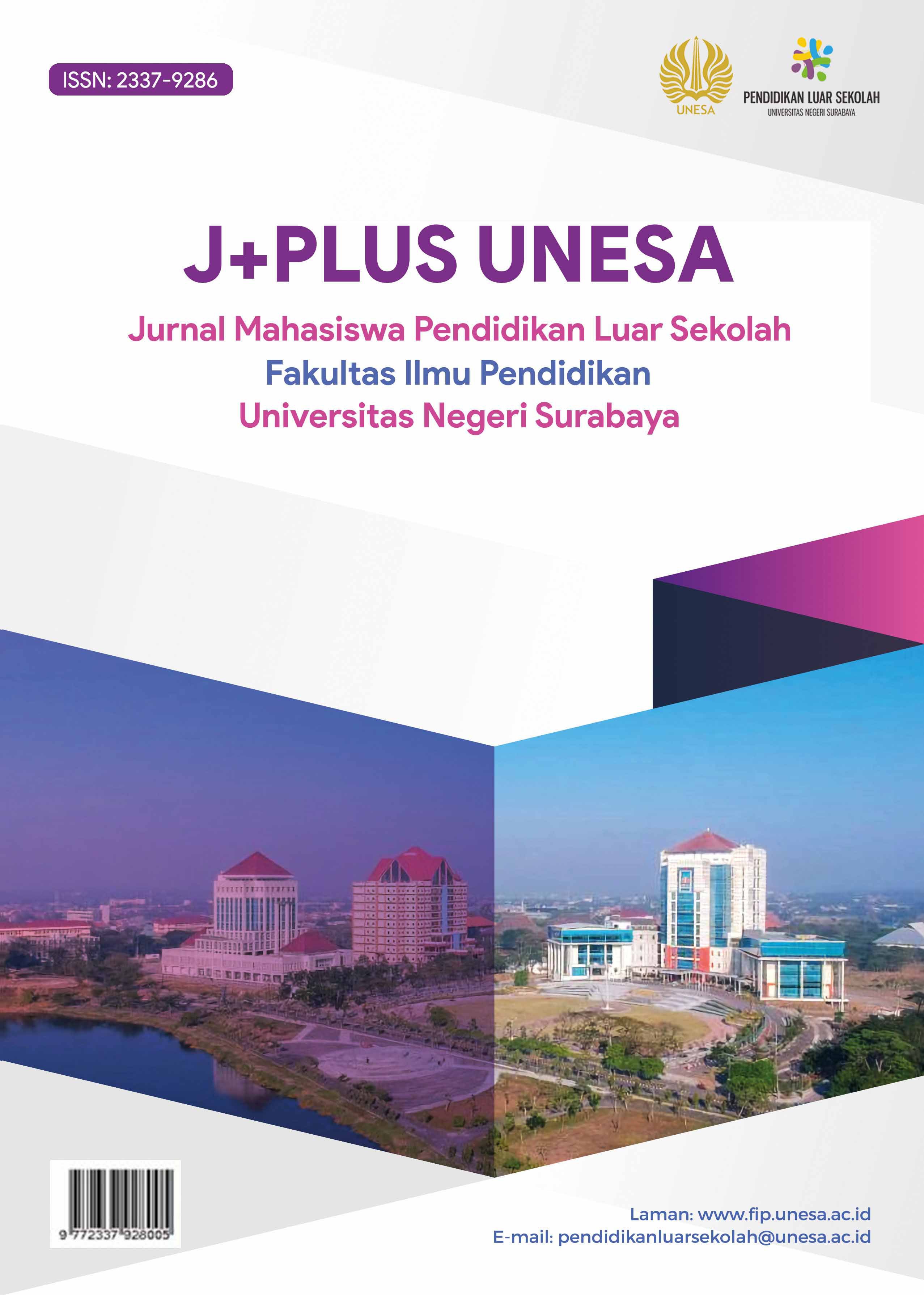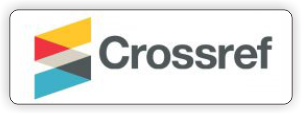Hubungan Model Pembelajaran Project Based Learning pada Mata Pelajaran Sejarah Indonesia dengan Motivasi Belajar Peserta Didik Paket C di SKB Negeri Surabaya
Abstract
National Education requires every student to be accustomed to mastering 21st century skills including communication, collaboration, critical and creative thinking in learning activities. 21st century skills are applied at SKB Negeri Surabaya through the project based learning (PjBL) learning model in Indonesian history subjects. Active involvement of students in learning activities triggers the emergence of learning motivation in students. This research aims to determine the relationship between the project based learning model in Indonesian history subjects and the learning motivation of package C students at SKB Negeri Surabaya. This research uses associative quantitative methods with product moment analysis techniques. This research involved 62 package C students at SKB Negeri Surabaya as respondents. The results of the product moment correlation test that was carried out obtained a correlation coefficient of 0.602 and a significance value of 0.000, meaning it has a positive relationship and is in the strong category. The results show that the learning motivation of package C students at SKB Negeri Surabaya in Indonesian history subjects can be influenced by the application of tutors in using the project based learning model when learning in class.
Downloads
Downloads
Published
How to Cite
Issue
Section
 Abstract views: 84
,
Abstract views: 84
, PDF Downloads: 34
PDF Downloads: 34








